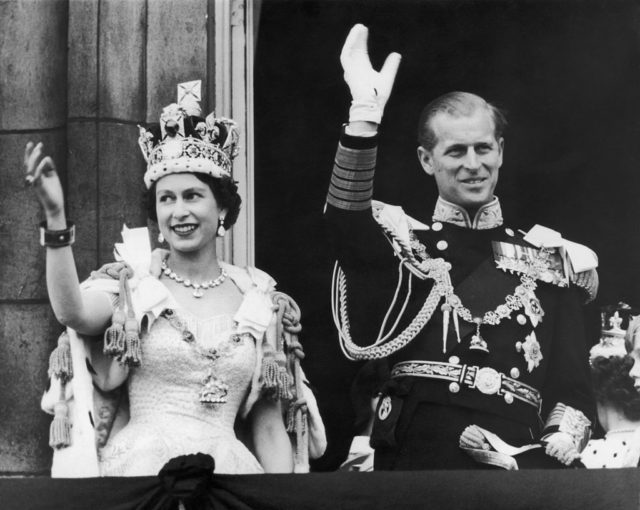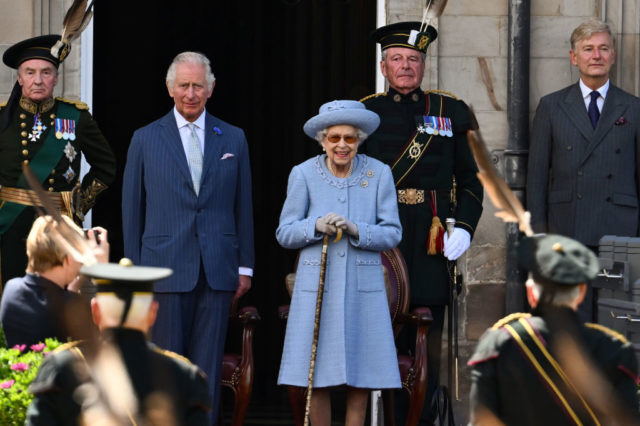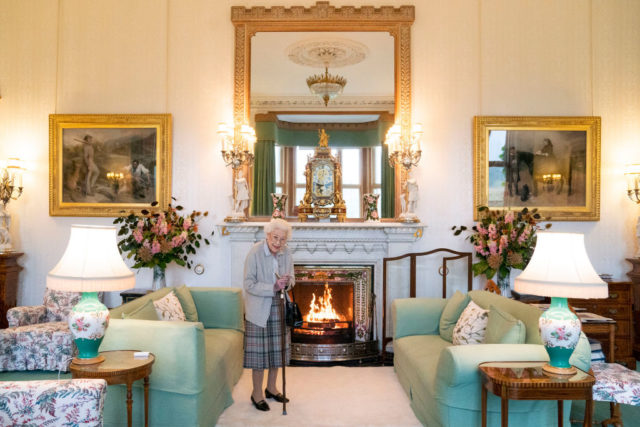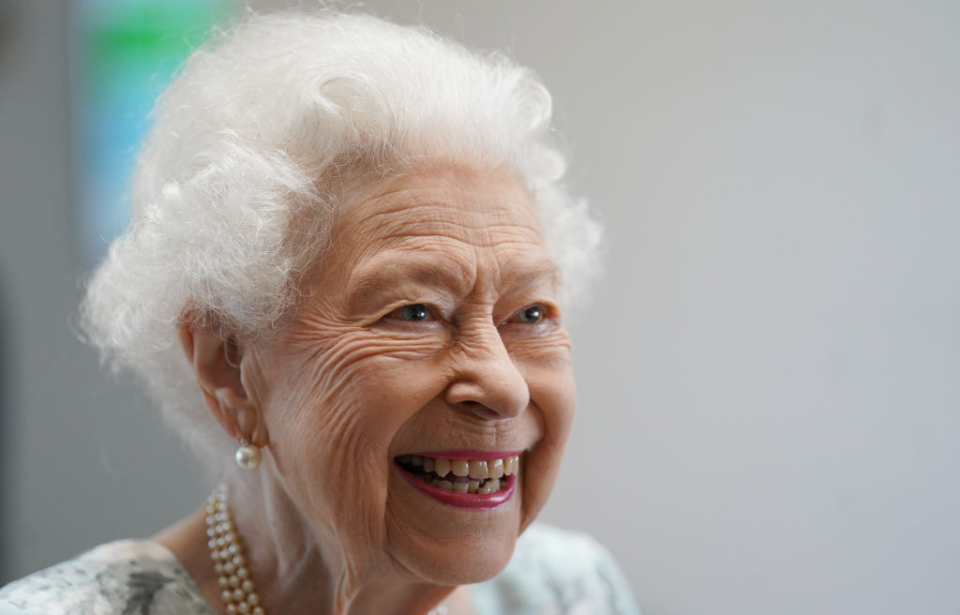Queen Elizabeth II, the longest-serving British monarch in history, died on September 8, 2022. At the time of her passing, there were a number of carefully coordinated plans already in place to help ensure that all of the important tasks would be accomplished.
These tasks include announcing the Queen’s death to important figures, allowing for public mourning, details of her funeral, and the succession of the next monarch. These plans were created in the 1960s and have been updated throughout the years, including the creation of a new plan in the late 2010s called Operation Unicorn.
Operation London Bridge
Before Queen Elizabeth died, the plan already in place is known as Operation London Bridge. This is a 10-day plan for the United Kingdom immediately following her death. It was named after the phrase “London Bridge is down,” which was likely used to communicate to key officials and the British Prime Minister that the Queen had died.
Outside of the royal family, the news of the death first went to the Prime Minister and the members of the Privy Council. It was eventually sent to Members of Parliament (MPs) and those high up in civil service, and broken to the public through social media. Within 10 minutes of receiving the news, all flags were lowered. The following day, King Charles III gave an address and a minute of silence occurred throughout the country.

If she’d passed away in England, the day after her death, the Queen‘s coffin would have been sent to Buckingham Palace so that on the fifth day it could be taken in a procession to the Houses of Parliament.
However, since the Queen died in Scotland, her body remained at Balmoral Castle the day after her death per Operation Unicorn, discussed below.
Operation Spring Tide
Following the death of a monarch, another must immediately take their place. In what is known as Operation Spring Tide, the successor, Prince Charles, was appointed as King Charles III following a meeting of the Accession Council at St. James’ Palace the day after Elizabeth’s death. On the same day, Parliament was called and the MPs expressed their sadness over the former Queen’s death before swearing their allegiance to Charles.

Two days after Elizabeth’s death, the Scottish, Welsh, and Northern Irish administrations did the same. It won’t be until a few months after the funeral of Elizabeth that Charles will have his official coronation. As he became King, his former title “Prince of Wales” was given to Prince William. Kate is now the Princess of Wales, the title William’s mother Diana once held.
Operation Unicorn
Although Operation London Bridge was established to account for the death of the monarch, a new plan, first reported in 2019, was created to account for the Queen’s death taking place in Scotland. The Queen spent much of her time at her favored Scottish estate, Balmoral Castle, where she often visited with her late husband, the Duke of Edinburgh.
This plan allowed for much of the ceremony to take place in Scotland. The Scottish Parliament was suspended so that the funeral preparations could begin. As many people from all over the country traveled to Scotland to pay their respects, Holyrood Palace and St. Giles’ Cathedral served as public places of mourning.

More from us: Take a Look Back at Queen Elizabeth and Prince Philip’s Timeless Love Story
According to these plans, the Queen’s coffin was moved to the ballroom at Balmoral Castle in Scotland the day after her passing. It was covered in the royal standard of Scotland and a wreath of flowers. The Queen then laid at Holyrood Palace with a reception taking place at St. Giles’ Cathedral, Edinburgh. After the service, the coffin was transported to Buckingham Palace.
The Queen is lying in state for four days at Westminster Hall. Her funeral will be held at Westminster Abby on September 19, and the coffin will be buried in the King George IV Memorial Chapel.
